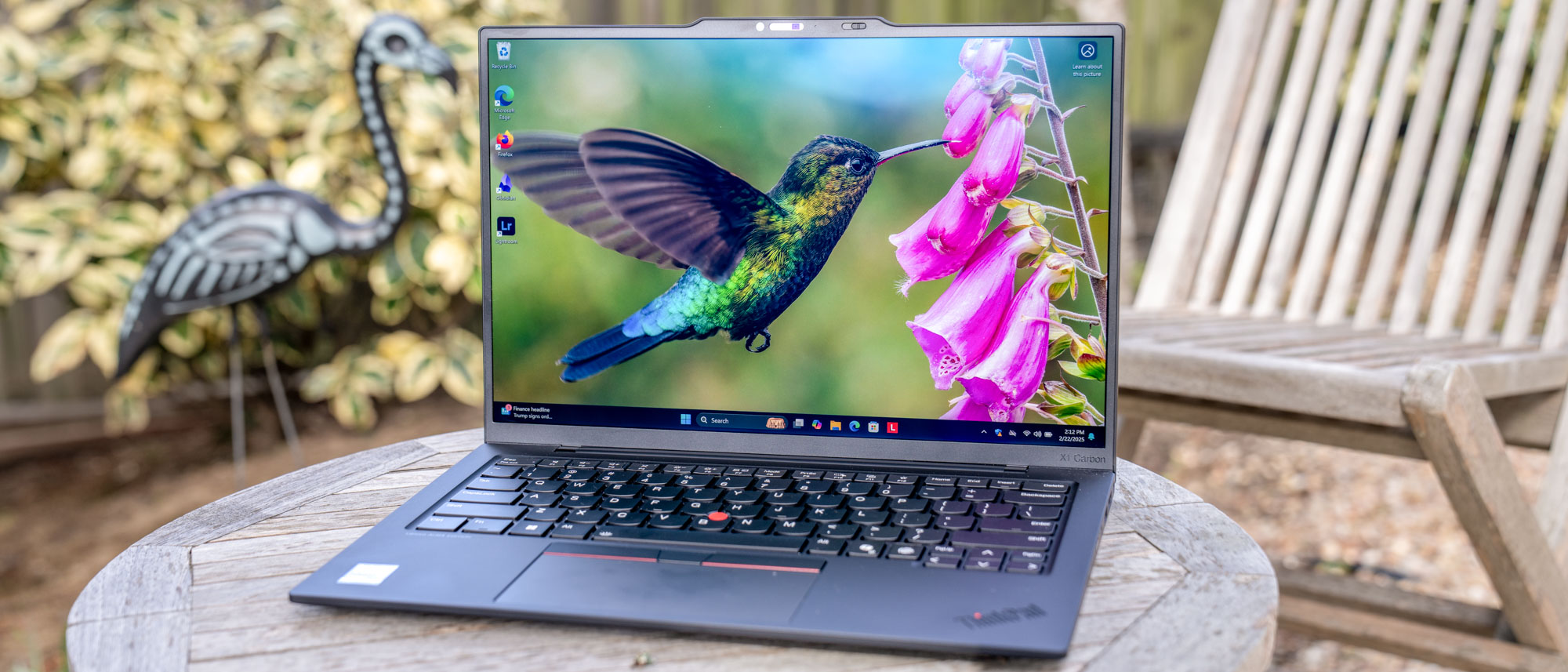7 Galaxy S23 features I hope Apple steals for the iPhone 15
There's a lot Apple can learn from Samsung's latest phones
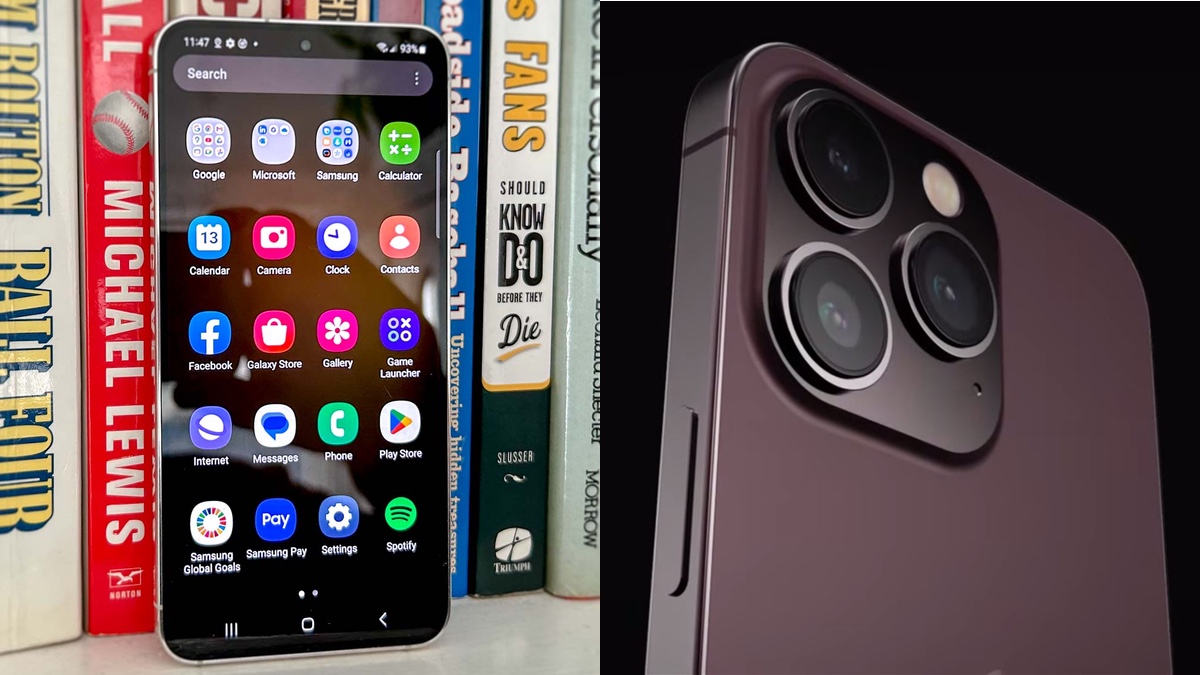
With the Galaxy S23 models released — and the Galaxy S23 Ultra taking over the top spot for best phones — Apple is now on the clock. And just maybe there are a few lessons Cupertino can learn from Samsung's latest flagship devices.
iPhone fans may scoff at that idea. As good as the latest Galaxy S23 models may be, just a glance at the best iPhones indicates that Apple is no slouch when it comes to producing first-rate smartphones. And the iPhone 15 models expected later this year will likely impress as well, whether Apple pays any heed to the Galaxy S23 or not.
Still, while Apple may not be in the habit of taking its cues from other phone makers, there are some areas where assorted Galaxy S23 models definitely raise the bar on the smartphone experience. From displays to cameras to software features, there's plenty of inspiration for Samsung's fellow phone makers — Apple included.
So if there's still room for any last-second iPhone 15 additions as those upcoming handsets move through the production process, we'd like to see Apple's future phones adapt some of these Galaxy S23 capabilities.
More storage in the base models
Samsung took a page out of Apple's iPhone 14 book by making the higher-end models more distinct from the entry-level Galaxy S23 when it bolstered the storage on the Galaxy S23 Plus and Galaxy S23 Ultra. Now Apple should return the favor.
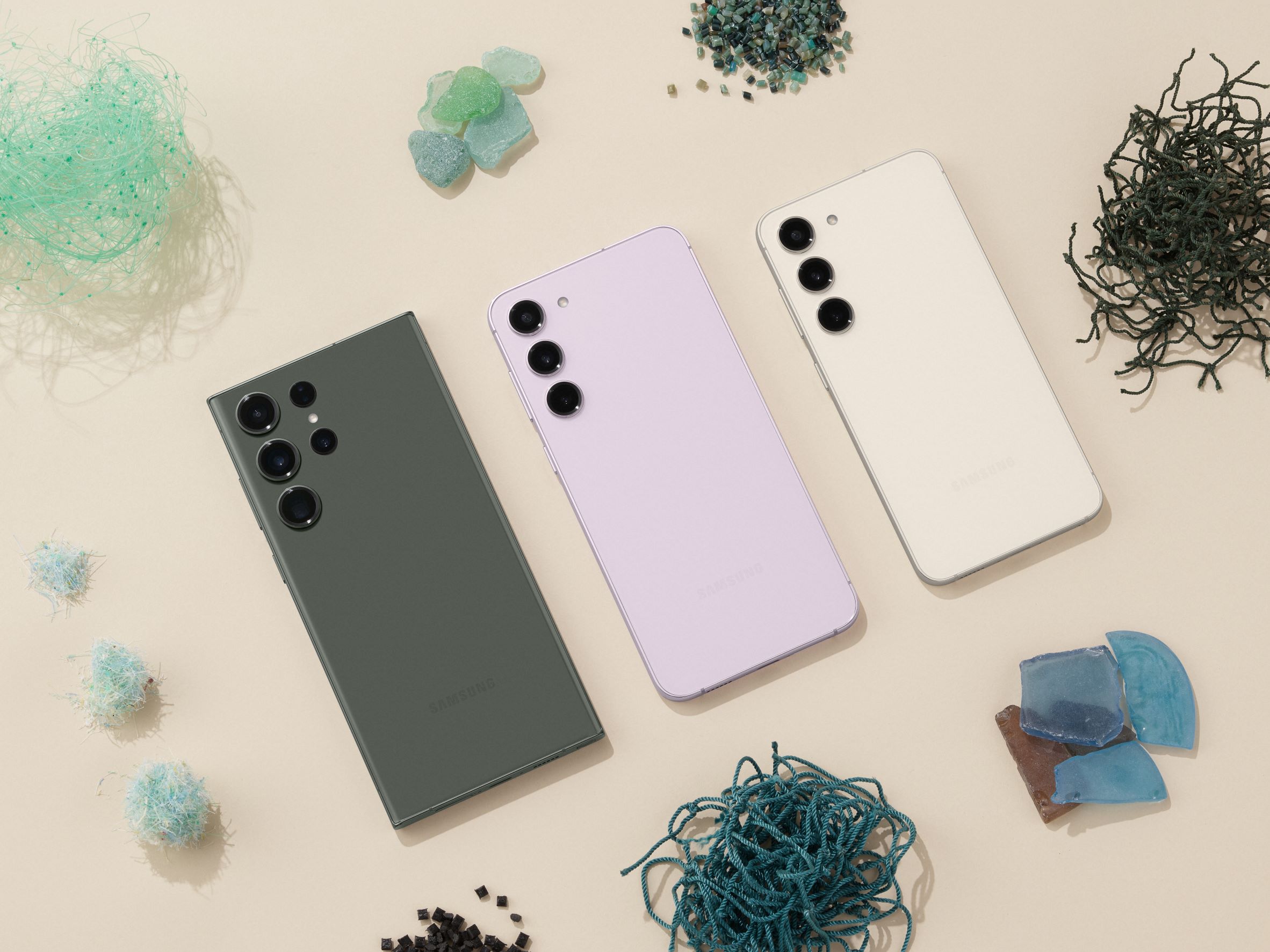
The Galaxy S23 features 128GB of storage in its $799 model, a pretty standard capacity for flagship phones these days. But the Galaxy S23 Plus and Galaxy S23 Ultra start with 256B, a storage size more reflective of their higher prices.
We'd imagine the iPhone 15 will include 128GB of storage. But if Apple wants a wider iPhone 15 vs. iPhone 15 Pro gap, it should definitely have the Pro models start with 256GB. Will it happen? Heck, Apple continues to sell two models — the iPhone SE and iPhone 12 — that start with a meager 64GB of storage, so it's clear Apple doesn't prioritize that particular spec. But maybe now that some Galaxy S23 models come in higher capacities, it should start.
Brighter displays
Displays have been a particular strong point for Samsung, and that continues with the Galaxy S23, especially now that entry-level model offers the same 1,750-nit max brightness as the S23 Plus and S23 Ultra. While our lab testing found that the S23 displays fell short of that mark, they're still bright enough to see, even in the glaring sun.
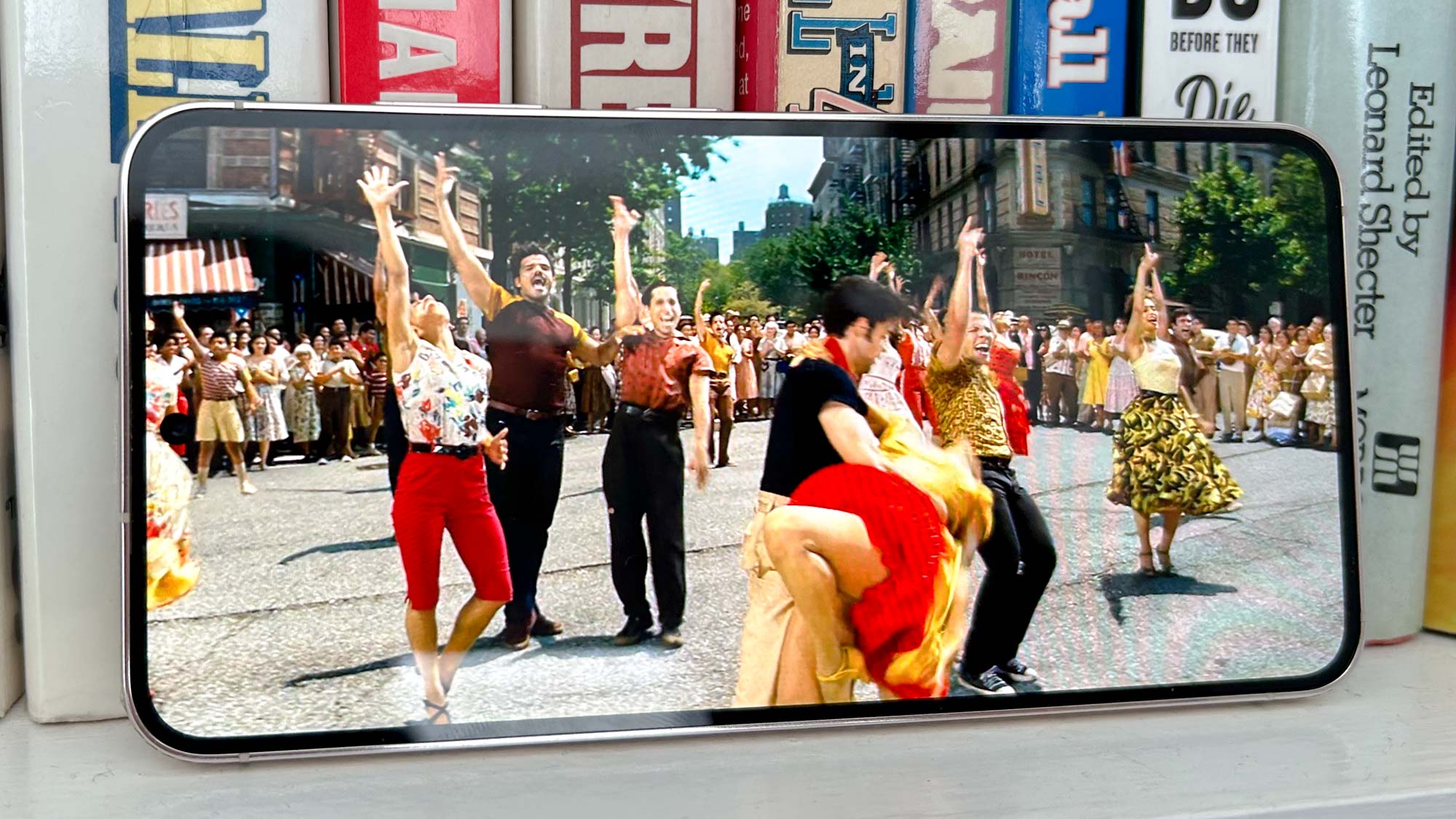
Apple does its best to keep up with Samsung on the brightness front, and with its Pro models, it actually succeeds. The iPhone 14 Pro and iPhone 14 Pro Max are rated for 1,600 nits of peak brightness in HDR, and they come pretty close to that figure, topping their Galaxy S23 counterparts. The iPhone 14, on the other hand, is capped at 1,200 nits, and it's outshone by the Galaxy S23.
Obviously, the iPhone 15 needs to up its brightness game. And while the current Pro models are bright enough, we wouldn't complain if Apple made the iPhone 15 Pro even brighter, if only to keep ahead of Samsung's phones.
Better power efficiency
The iPhone 14 Pro Max and iPhone 14 Plus are both excluded from this discussion. Those phones are on our best phone battery life list, with the Galaxy S23 Ultra landing in between them. It's the 6.1-inch iPhones we want to have a word with.
That's because both the iPhone 14 Pro and iPhone 14 didn't crack that long-lasting battery list. The Pro was at least respectable, turning in an above average time of 10 hours and 13 minutes on our battery test, in which phones surf the web continuously over cellular until they run out of power. The iPhone 14 finished at 9 hours and 28 minutes, about half-an-hour behind the average smartphone.
| Phone | Battery size | Battery life (Hrs:Mins) |
| iPhone 14 Pro Max | 4,323 mAh | 13:39 |
| Galaxy S23 Ultra | 5,000 mAh | 12:22 |
| iPhone 14 Plus | 4,325 mAh | 11:57 |
| Galaxy S23 Plus | 4,700 mAh | 11:24 |
| Galaxy S23 | 3,900 mAh | 10:27 |
| iPhone 14 Pro | 3,200 mAh | 10:13 |
| iPhone 14 | 3,279 mAh | 9:28 |
Clearly, Apple needs to do better with power efficiency on these two models, which can't use the bigger batteries housed in the Plus and Pro phones. For that, it can take a lesson from the Galaxy S23 lineup, which benefits from the superior power management features of the Snapdragon 8 Gen 2 for Galaxy silicon.
All three Galaxy S23 models turned in above-average results on our battery test, with the Galaxy S23 Plus even joining the S23 Ultra in the best phone battery life rankings. (Just barely, true, but a win's a win.) It would be nice to see the iPhone 15 follow suit, whether it's the A16-powered standard model or the Pro versions, which are likely to run on A17 Bionic silicon.
A 200MP camera
Yes, Apple just boosted the main camera sensor on its iPhone 14 Pro models to 48MP, powering a very impressive ProRaw camera mode. But the 200MP sensor on the Galaxy S23 Ultra offers even greater flexibility, letting you shoot 12.5MP, 50MP or 200MP shots as conditions and needs dictate. It's one of the main reasons we now rate Samsung's top-of-the-line handset as the best camera phone overall.
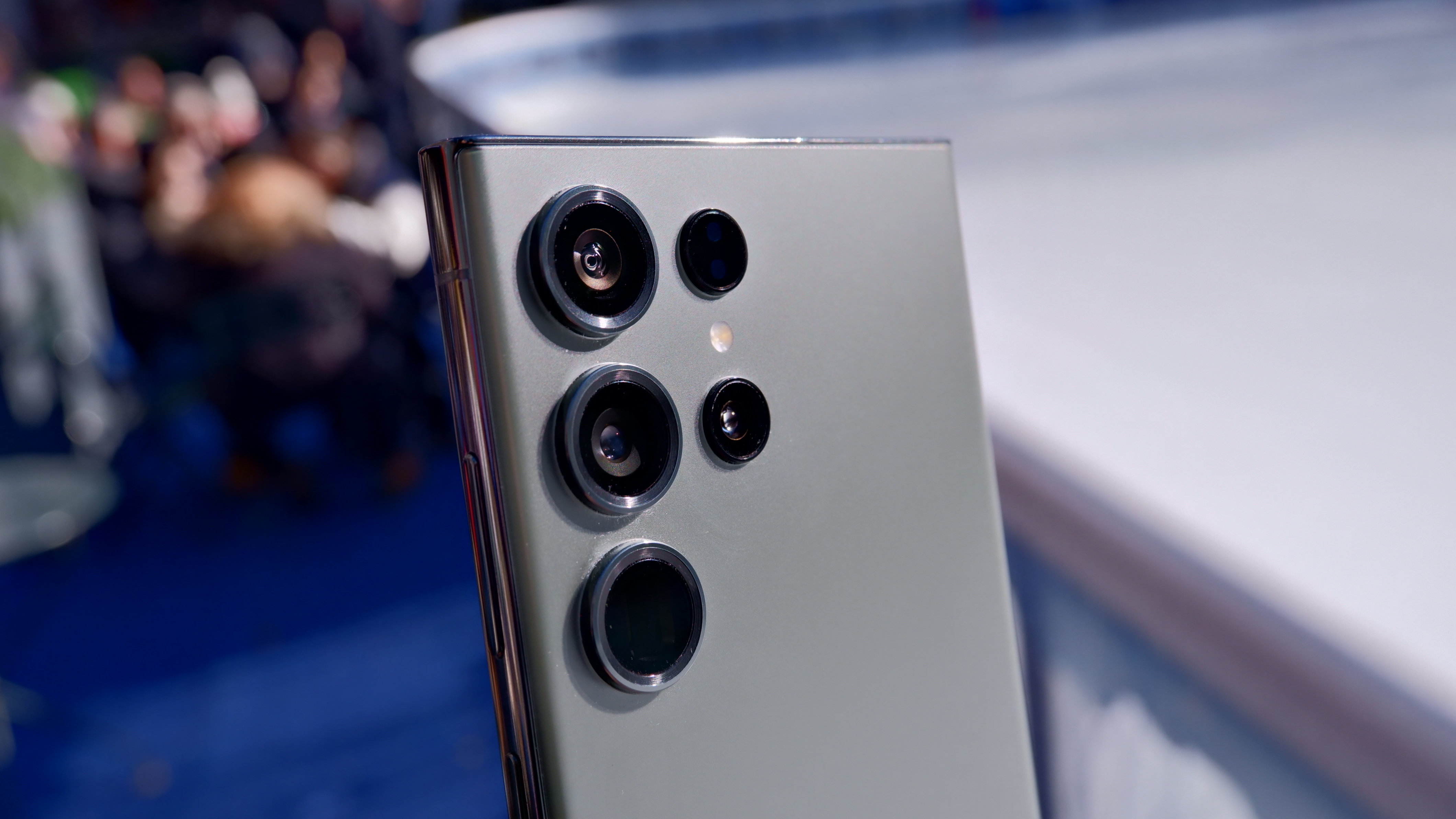
With some rumors claiming the 48MP main camera finds its way to the standard iPhone 15 models, maybe Apple can help its iPhone 15 Pro offerings continue to stand out with an even more powerful main sensor. Or perhaps a 200MP camera is something Apple holds off on until the arrival of the iPhone Ultra, whenever that may be. Whatever the timing, we hope that the iPhone finds a way to match the Galaxy S23 Ultra's camera capabilities.
Astrophotography
Look at this gallery of moon shots captured by my colleague Mark Spoonauer with a Galaxy S23 Ultra. You'll find a standard shot, a 10x zoom, a 30x zoom and a 100x zoom that takes full advantage of the Space Zoom feature available on Samsung's $1,199 phone.
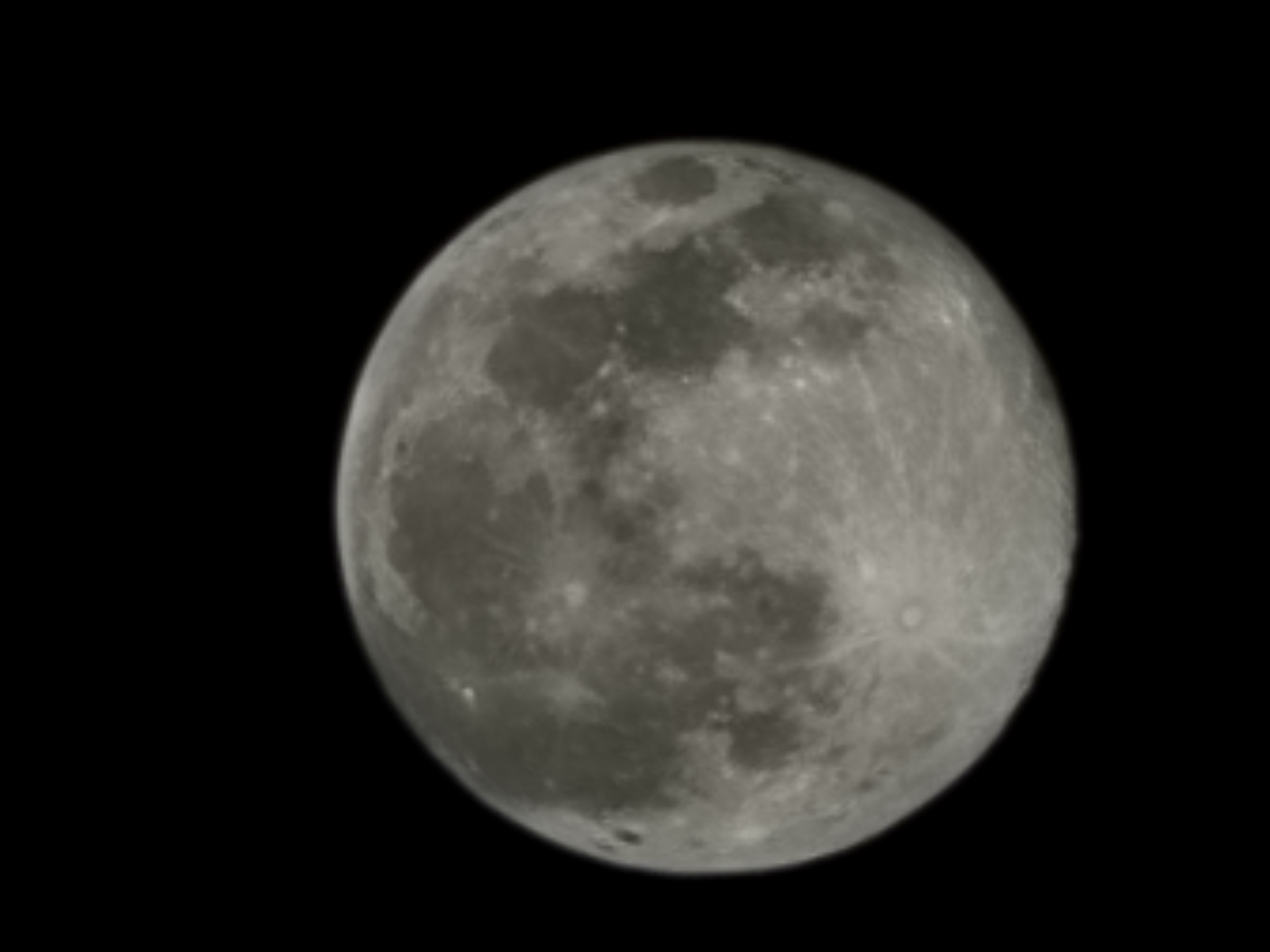
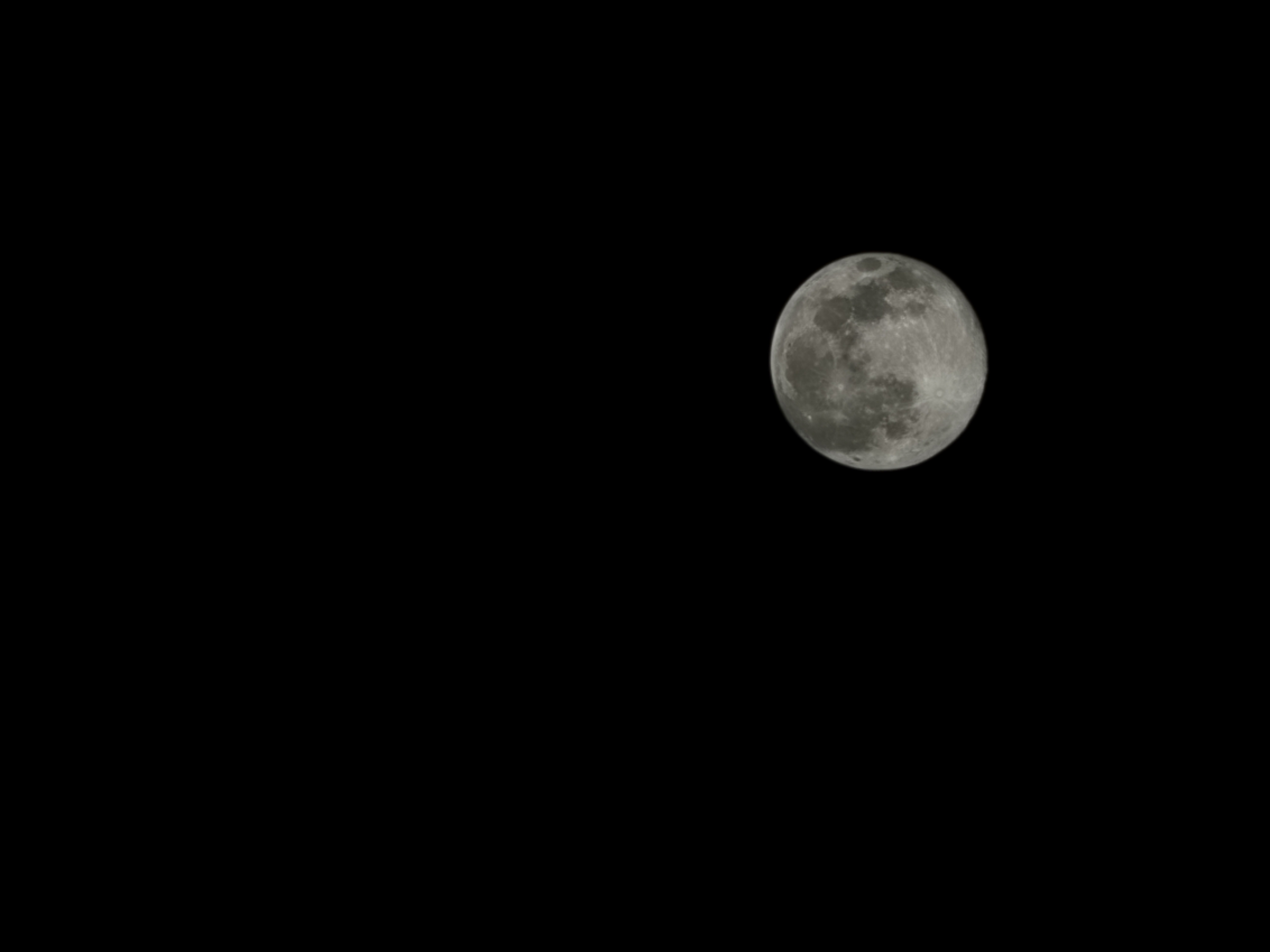


What you won't see in that collection is a shot from the iPhone 14 Pro Max. That's because Apple's camera phones aren't really adept at shooting the night sky. When Mark tried a moon shot with Apple's top iPhone, all he wound up with was "a blurry bright blob."
Samsung isn't the only phone maker who's figured out that people like photographing the night sky. You'll find some impressive astrophotography features on the latest Pixel modes from Google, too. It's time for Apple to step up its game in this area.
Less prominent camera bumps
There's one other camera improvement Apple can make, and it relates to the arrangement of the lenses on the back of its phones. Currently, the iPhone's cameras literally stick out like a sore thumb, with a camera array that juts out from the back of the phone, giving them a slight wobble when you set down the phone with its display facing up.
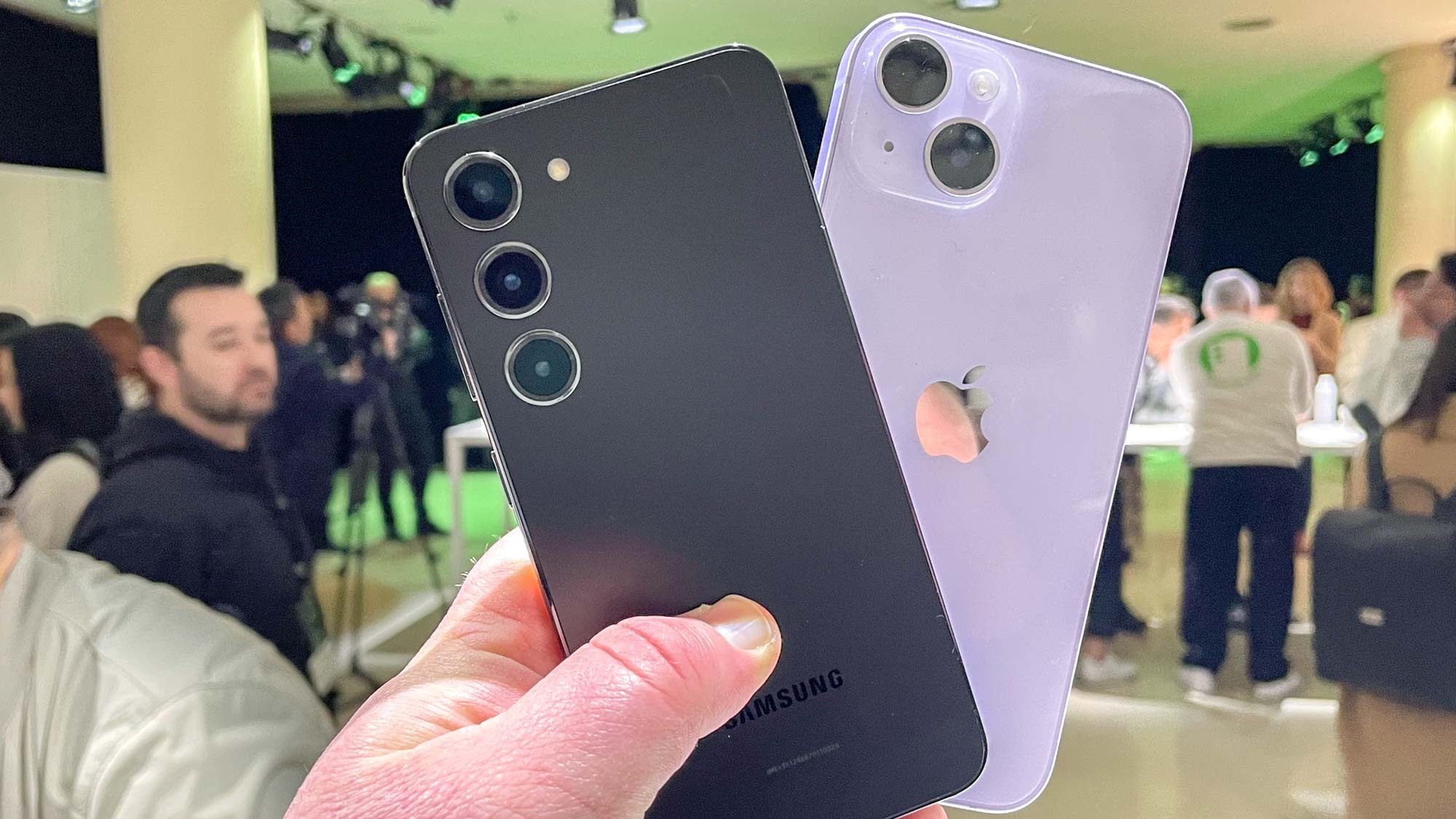
Contrast that with the more elegant look of the Galaxy S23 Ultra, where the lenses descend vertically down the back of the phone. There's no separate camera housing, making the cameras feel more like part of the device. It's a look so striking, Samsung adopted it for the Galaxy S23 and Galaxy S23 Plus, after using standout camera arrays on those two phones' predecessors.
I'm not saying Apple should copy that design note for note. But Samsung has figured out a way to make its cameras less physically prominent, while Google has gone the opposite direction, with a camera bar that calls attention to the phone's lenses. The iPhone feels stuck betwixt and between, and it gives Apple the opportunity to freshen up the look of its handsets.
Siri call features
With the One UI 5.1 interface on the Galaxy S23, Samsung added a Bixby Call Text feature that lets its on-device digital assistant answer incoming phone calls. The S23 models are hardly the first phones to put a digital assistant to work on phone calls, as the Tensor-powered Pixel 6 and Pixel 7 both offer their share of phone features, from directory assistance to handling things when you're put on hold.
Apple's Siri assistant lacks these kinds of phone skills. You can use Siri to initiate phone calls and, as of iOS 16, you can tell Siri to hang-up (if you don't mind the person on the other end of the call listen to you boss your assistant around). Siri can also identify callers if you turn on the Announce Calls feature in Settings or put calls on speaker so you can answer hands-free. But that's about the extent of Siri's interactions with the Phone app.
This may be more of an iOS 17 change than an iPhone 15, but I'd like to see Siri take a more active role in fielding phone calls and making sure those incoming calls are from people I want to talk to. Apple would be late to this party, but that's not stopped the company before from introducing — and improving upon — a feature.
Sign up to get the BEST of Tom's Guide direct to your inbox.
Get instant access to breaking news, the hottest reviews, great deals and helpful tips.
Philip Michaels is a Managing Editor at Tom's Guide. He's been covering personal technology since 1999 and was in the building when Steve Jobs showed off the iPhone for the first time. He's been evaluating smartphones since that first iPhone debuted in 2007, and he's been following phone carriers and smartphone plans since 2015. He has strong opinions about Apple, the Oakland Athletics, old movies and proper butchery techniques. Follow him at @PhilipMichaels.

